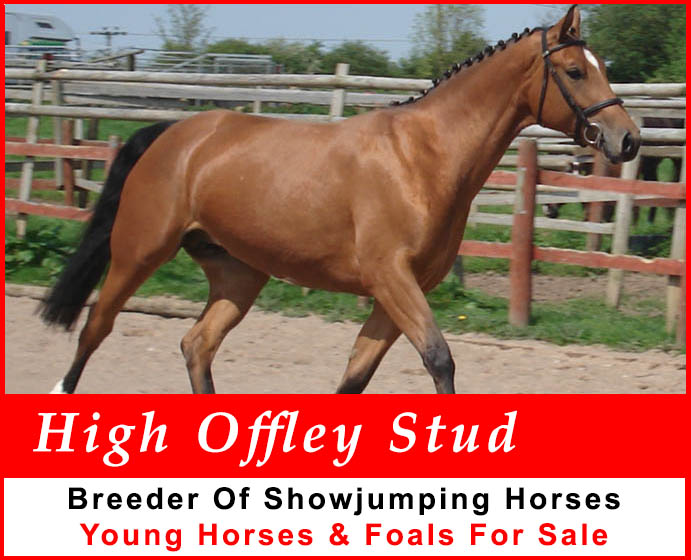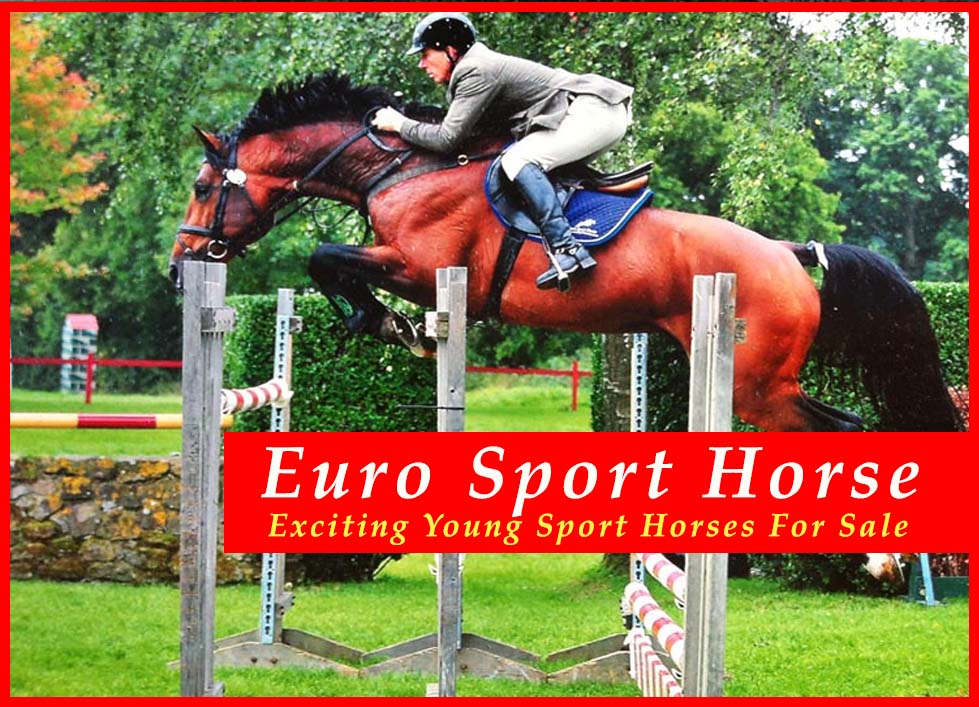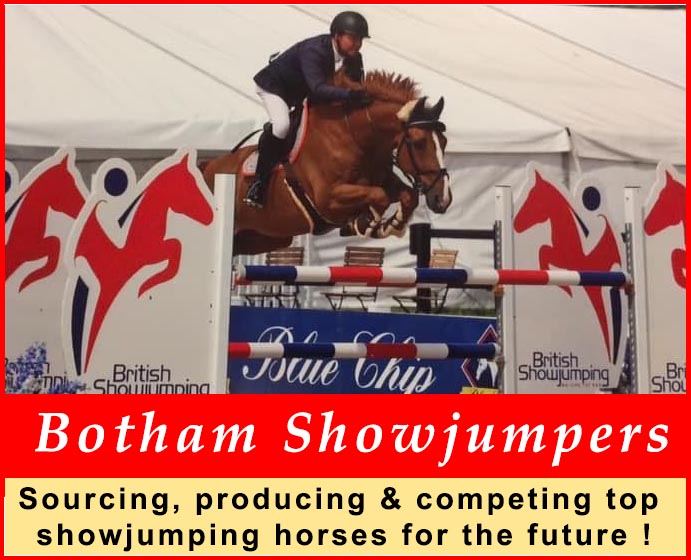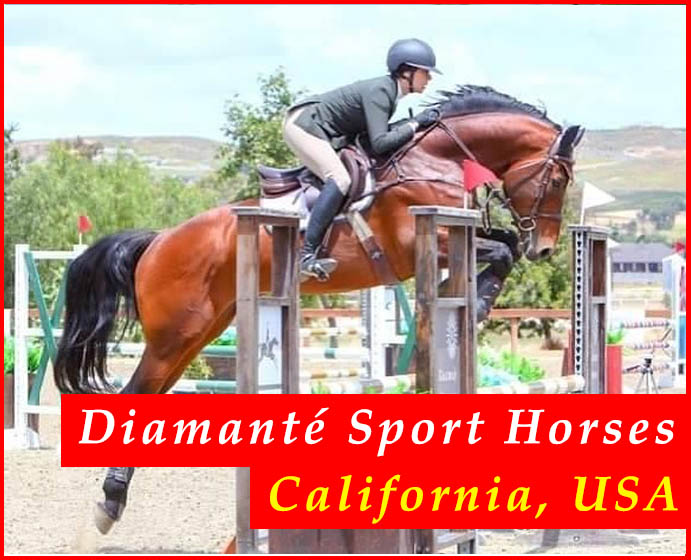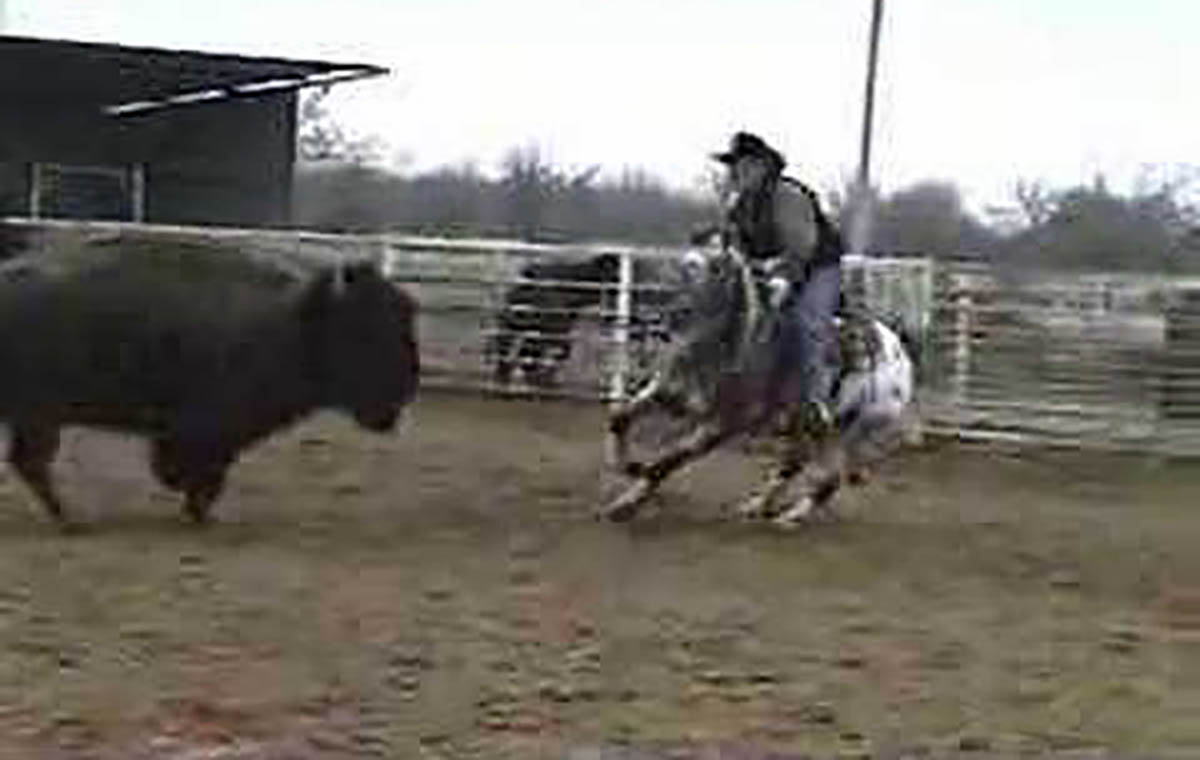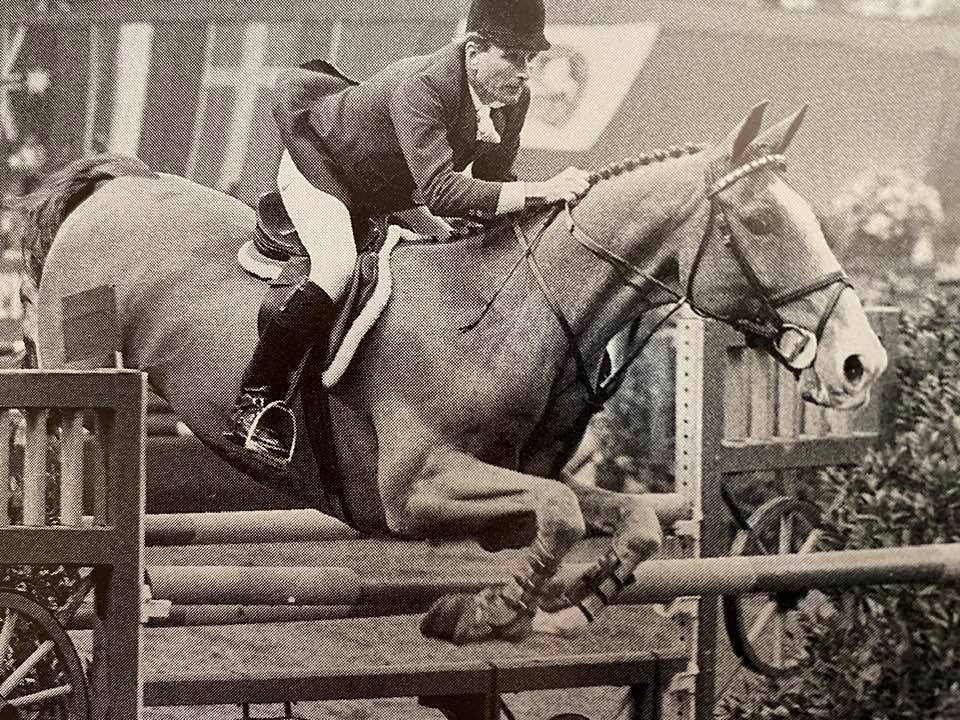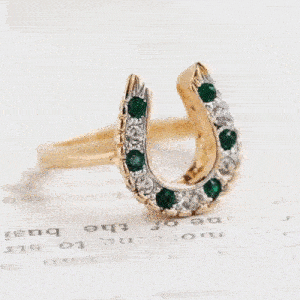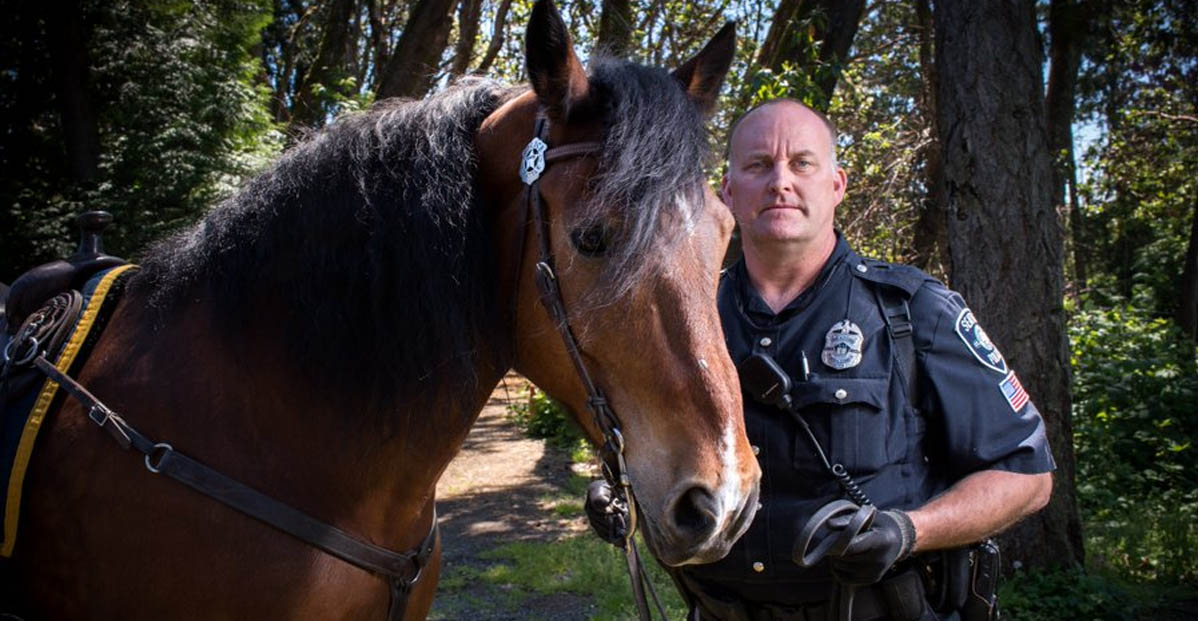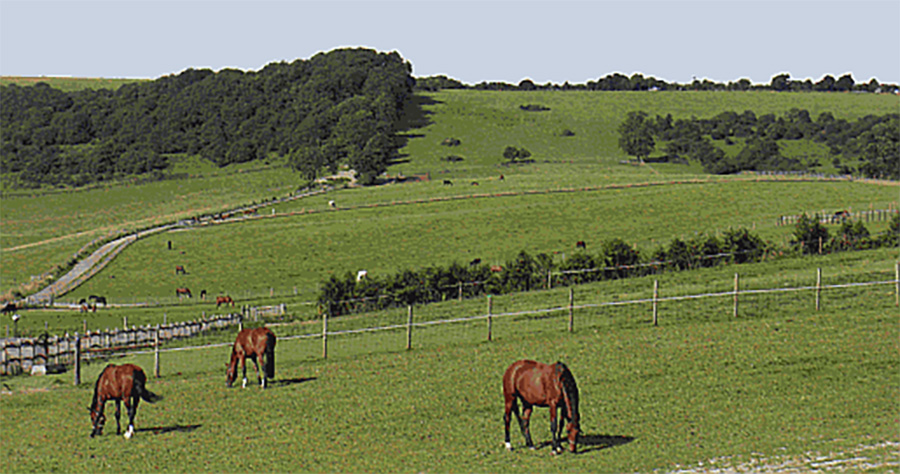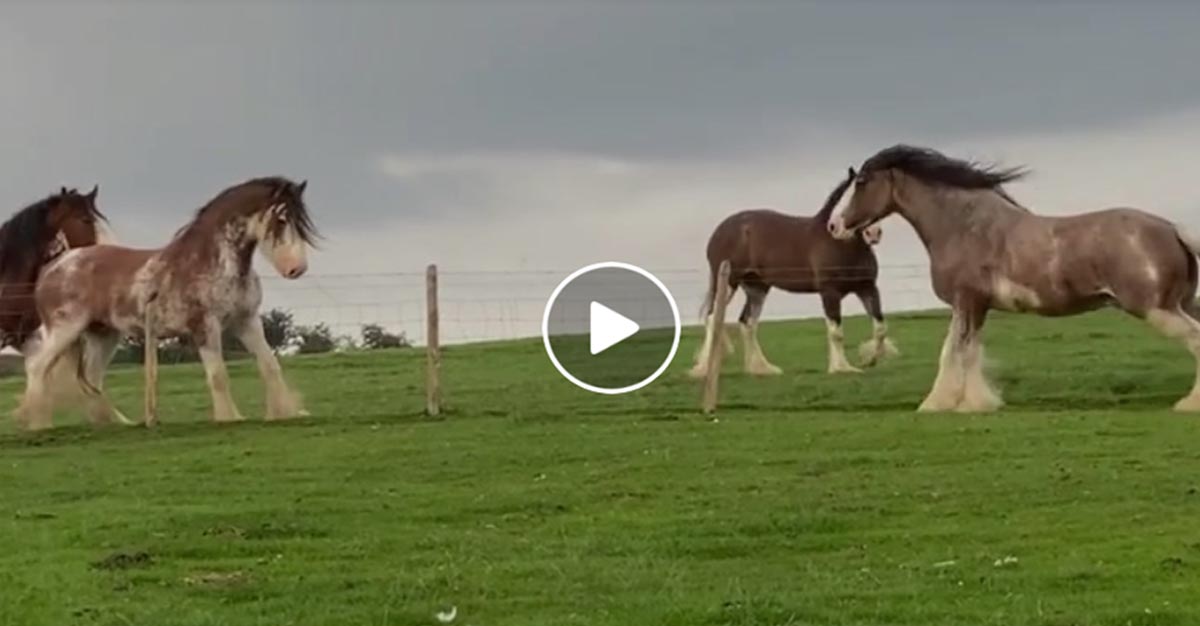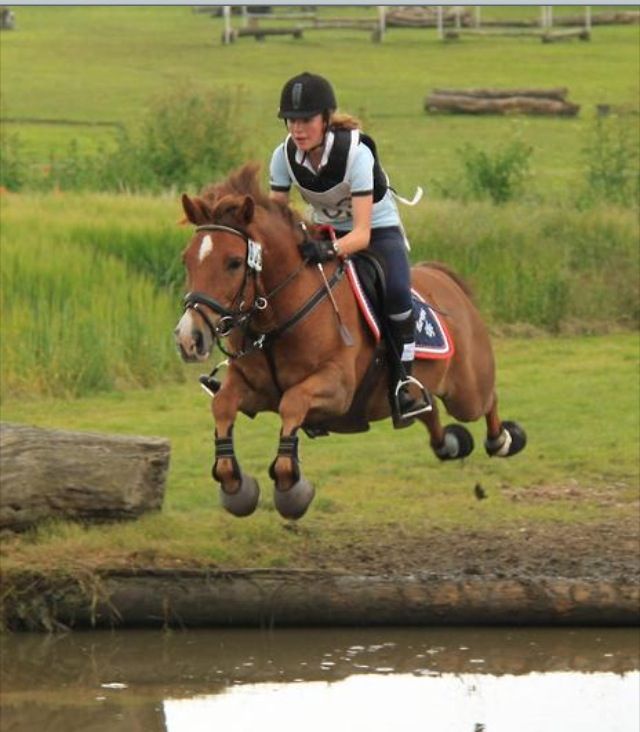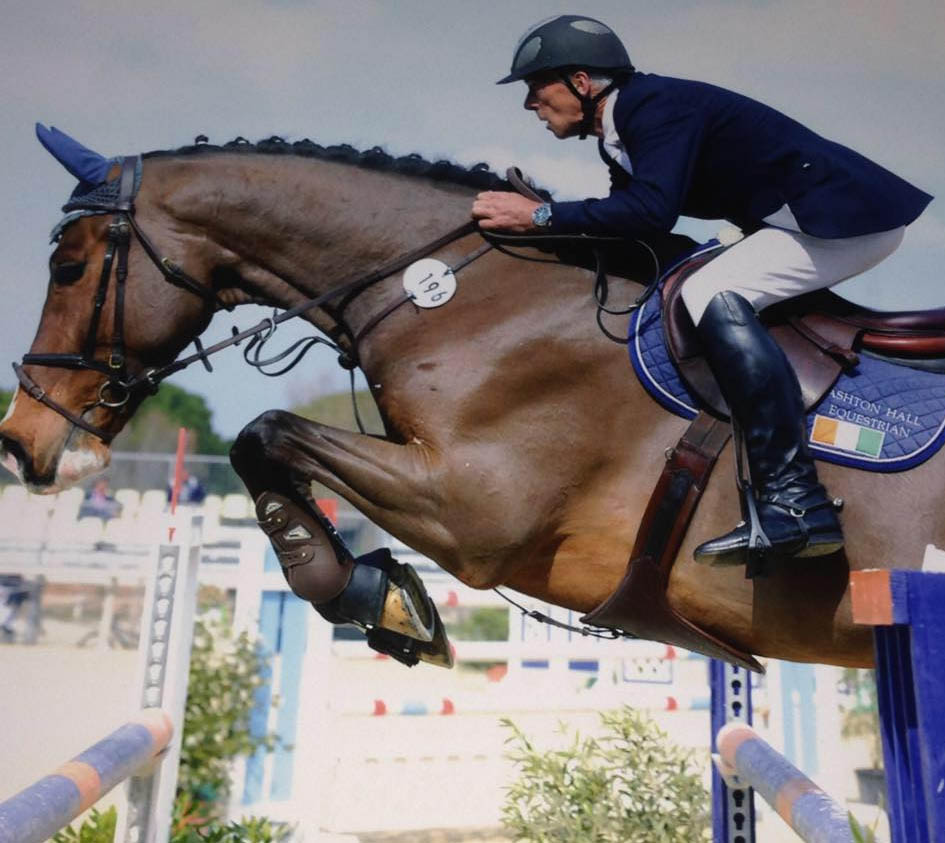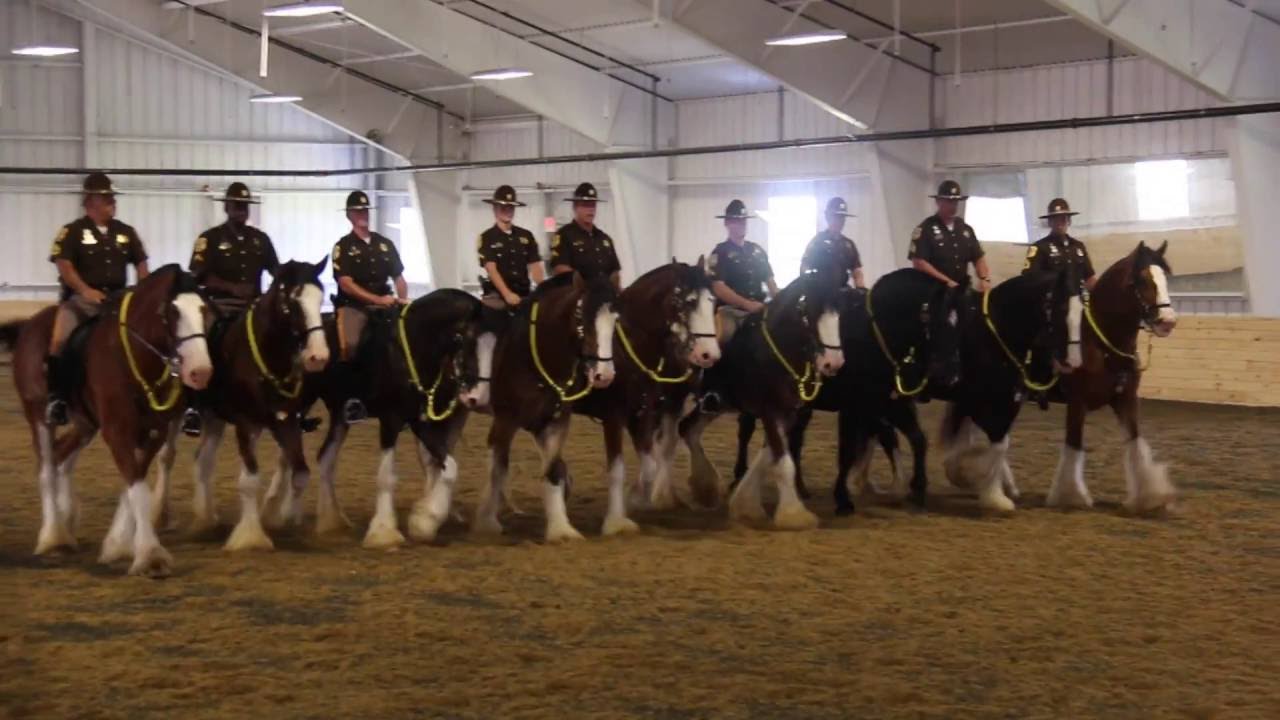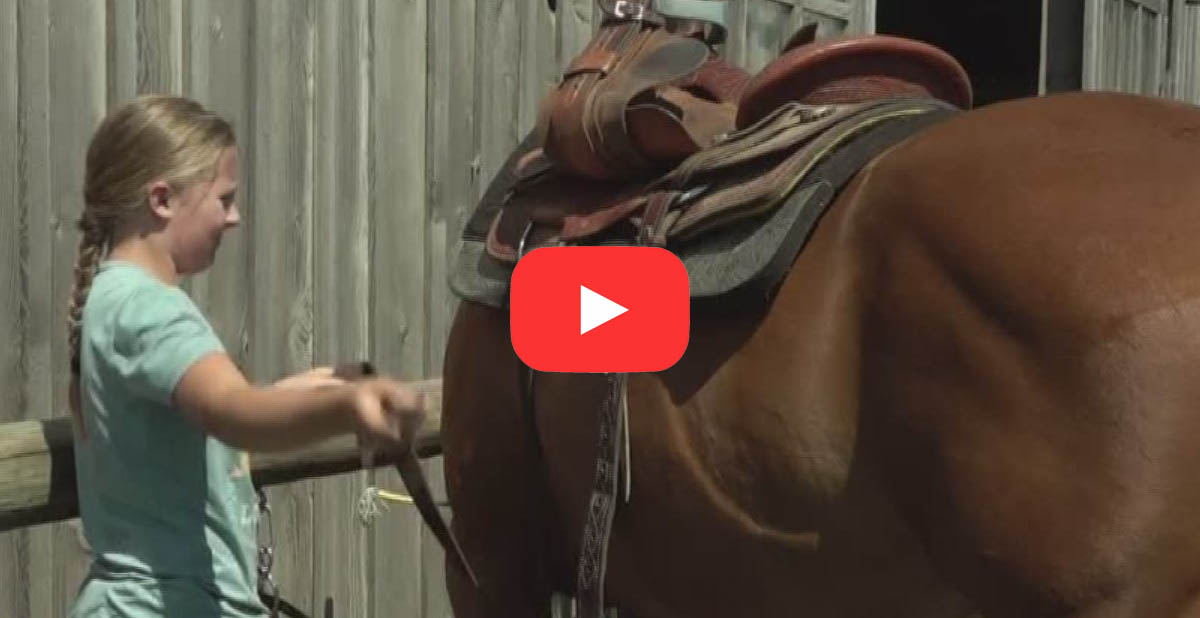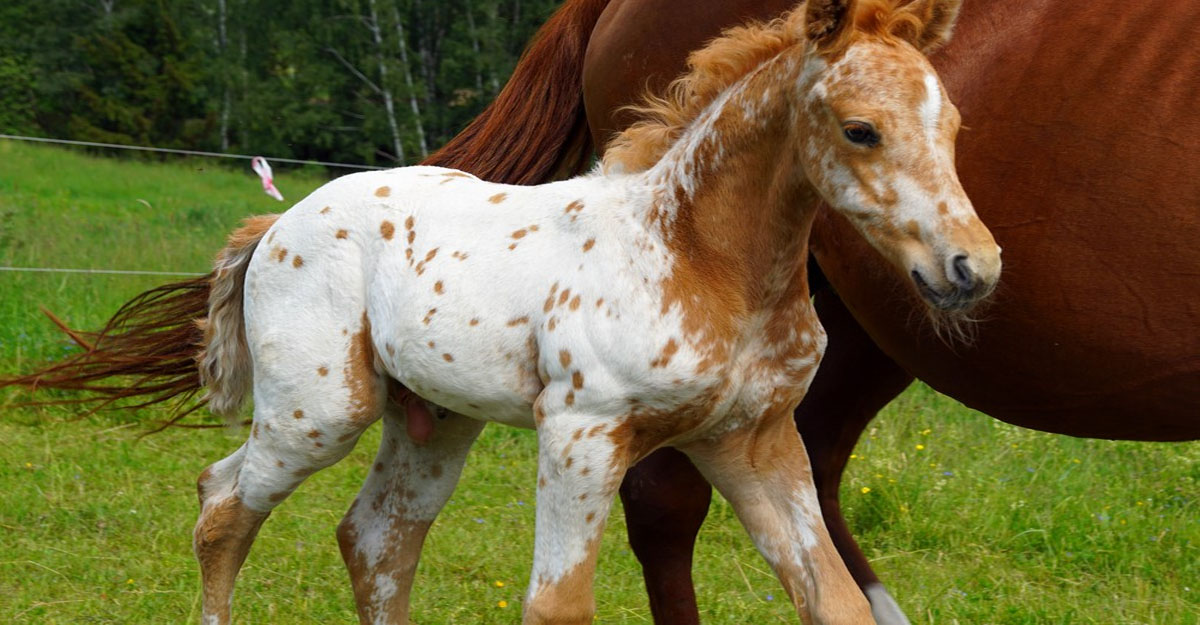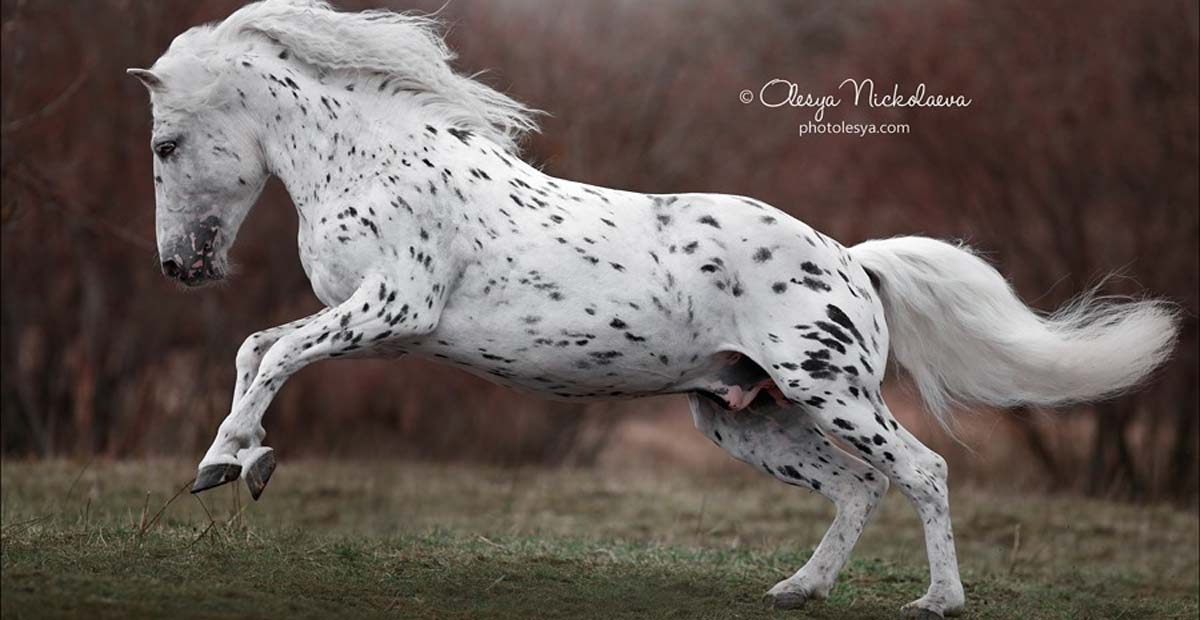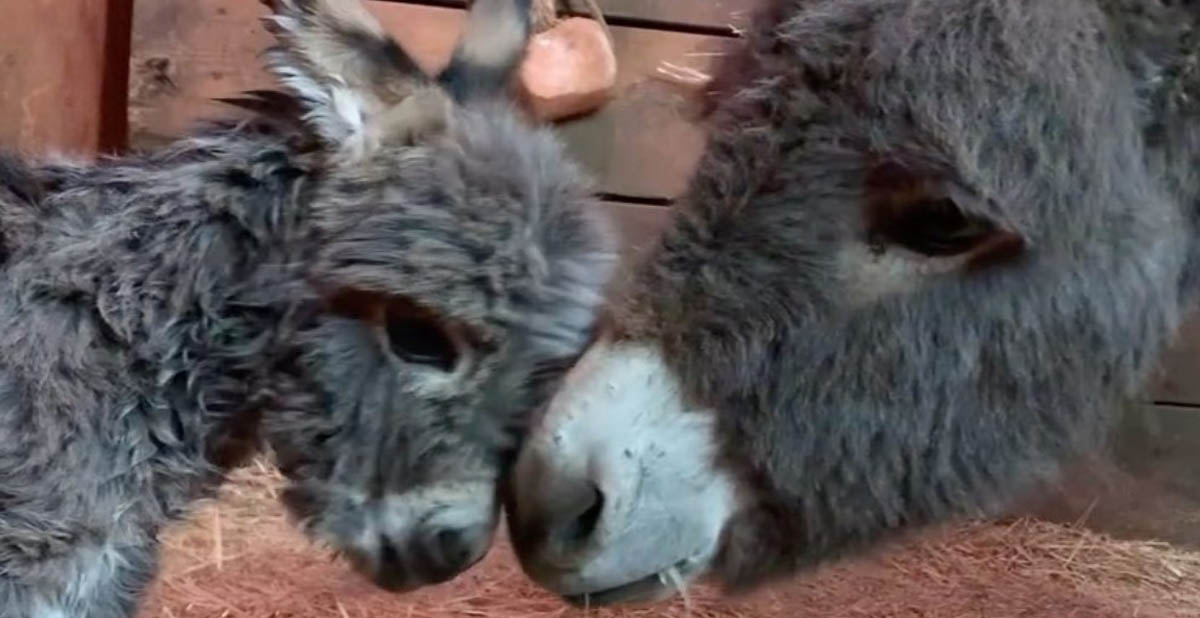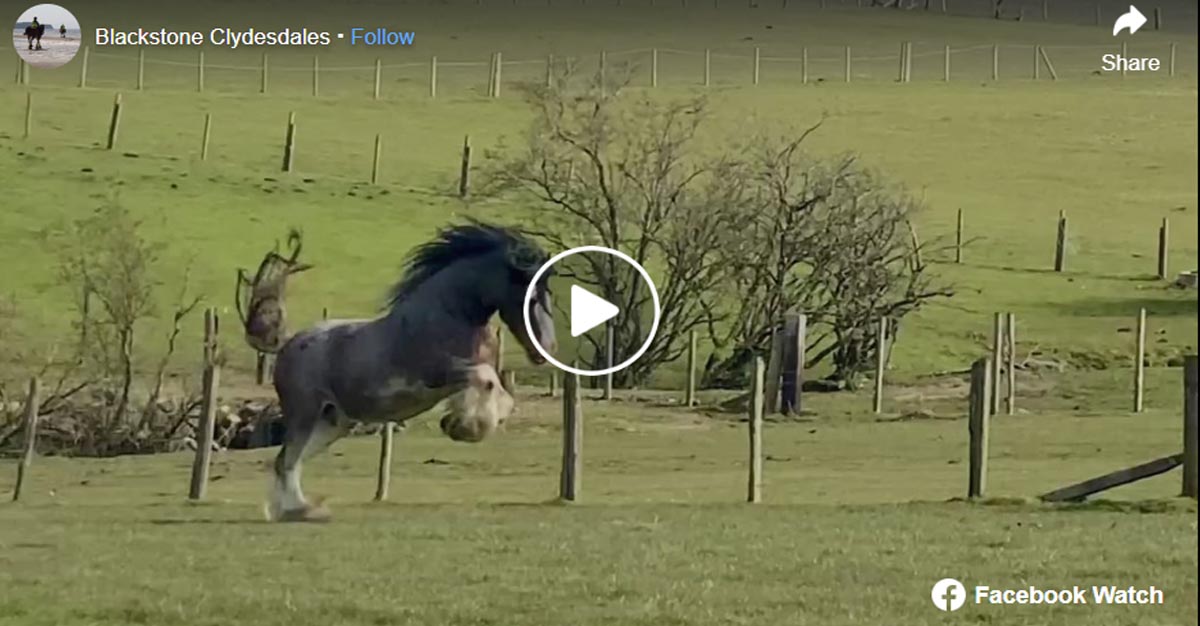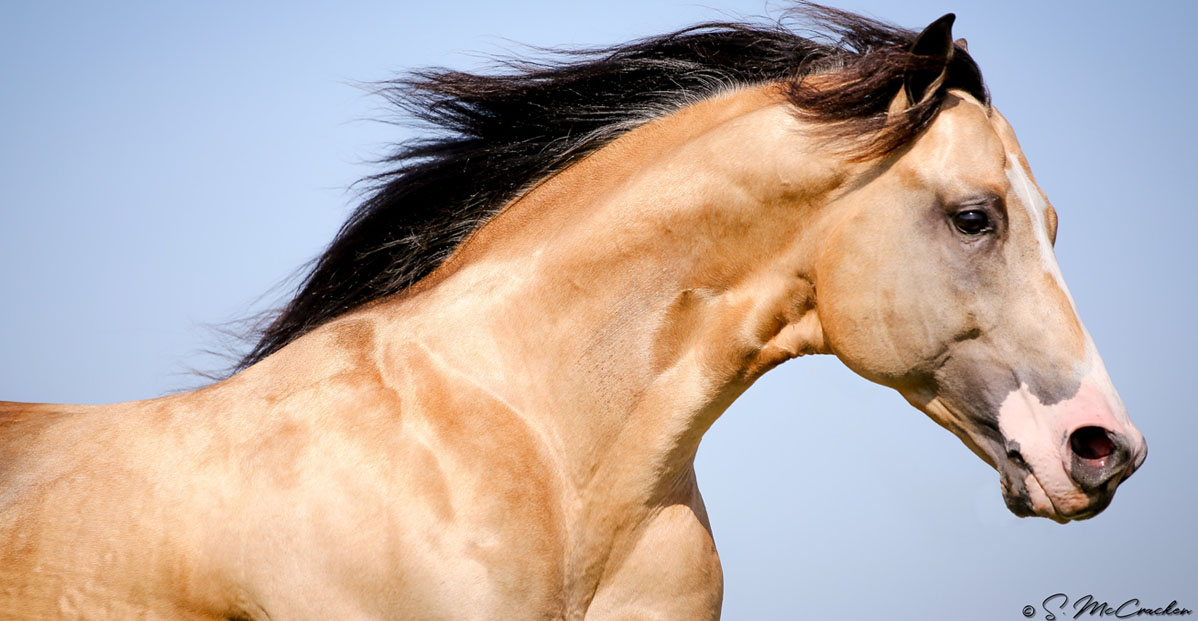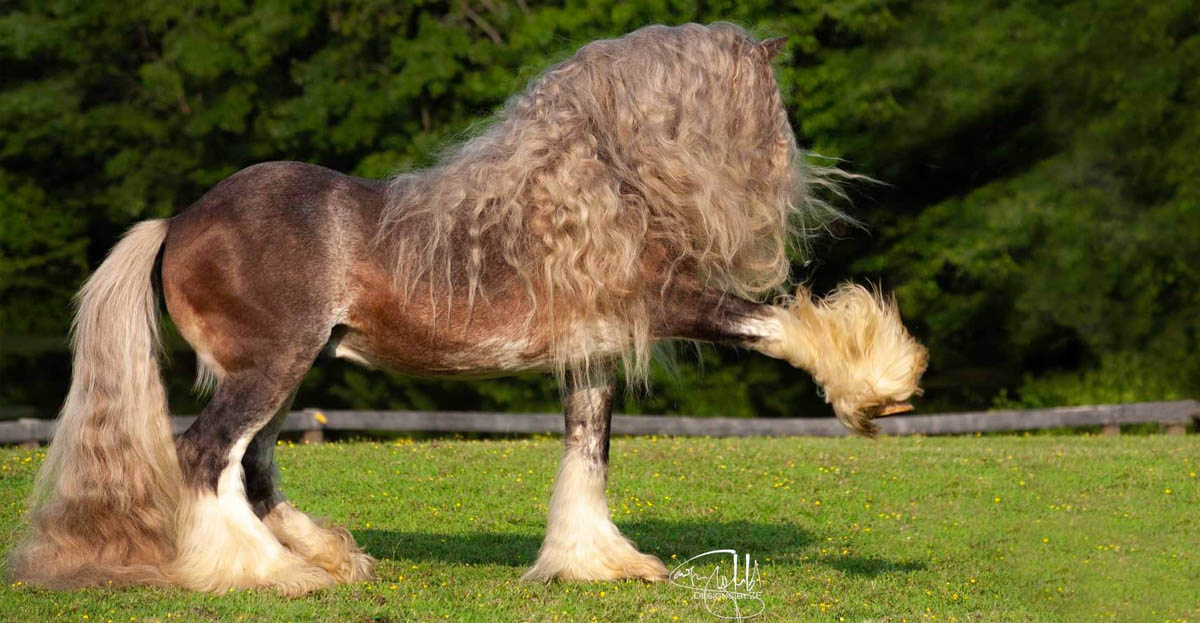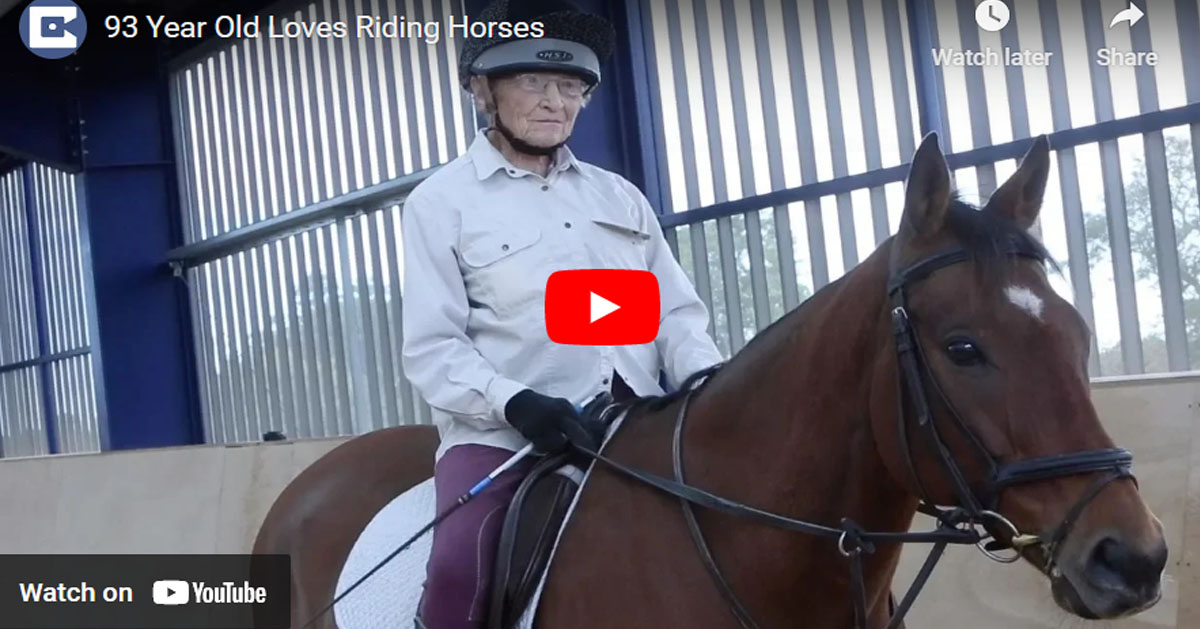Farrier
Smoking Hot: Household Cavalry Host World Farrier Championships
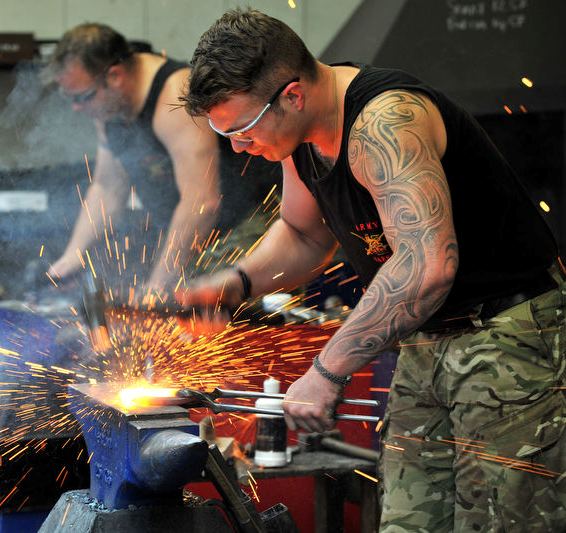
Ross Phillips FarrierTelford, UK Reliable & Professional Service Covering Telford and Surrounding Areas.
All Types of Shoeing Undertaken. Call : 07773 324011

A.J.Davenhill FarriersCrewe, UK Registered farrier working the Stoke, Crewe and Nantwich area Call : 01270 821771
Ryan Darbyshire Farrier PracticeWorcester, UK Fully qualified farriers covering all aspects of shoeing specialising in remedial work and performance horses. Ryan Darbyshire farrier practice will always offer a reliable and professional service. Call : 07932 370659
Ben Benson FarrierOxfordshire, UK A Proactive Farrier business based outside Banbury, Oxfordshire Call : 07989 606537
JAD Farrier LtdTelford, UK Registered farrier covering all aspects of shoeing , Remedial shoeing and barefoot trimming on Horses and ponies. Call : 07815 113724
Ben Price Farrier ServicesKent, UK Local farriery service based on the Kent and Sussex border, providing parts of Kent and East Sussex with a reliable and top quality service. Ben is expierenced in shoeing and trimming horses in a variety of disciplines across the world. Call : 07734 489954

Marc Jerram BSc Hons AWCF Master FarrierCrewe, UK - Call : 07973 898873
Alex Hall Farrier ServicesAlex Hall Farrier Services Ltd, serving Staffordshire, Shropshire, Cheshire & West Midlands shoeing all types of horses from riding club to top competition horses competing in showjumping, dressage, eventing, endurance and polo. https://ajhallfarrier.co.uk/ 
|
How to Choose a Farrier for Your Horse
Choosing the right farrier is a very important decision for the health of your horse. The right farrier can help an average horse improve in conformation, but they could also be detrimental to a horse if the wrong one is chosen.A farrier is someone who trims and shoes your horse`s feet. Your horse’s feet should be trimmed and shod at least every two months. Some people recommend different intervals ranging from four to eight weeks, but this interval depends on your horse.
When choosing a farrier you want someone who is professional and treats your horse well. You need them to keep appointments, explain fees, and be well equipped with the tools they need to get the job done.
A great farrier will also take the time to educate you about what they are doing to your horse. A great farrier will put your horse on a regular shoeing schedule, and they often have waiting lists of clients.
Before they trim the foot or fit a shoe the farrier should watch the horse walk and how the hoof contacts the ground. This allows the farrier to know how to correctly trim the foot and where on the foot trimming needs to be done.
Often it is best to find a farrier that is certified. The American Farrier Association is an association that certifies farriers. To get certified requires schooling and mentoring over a period of a few years. To find a certified farrier go to www.americanfarriers.org and click on `Find a Farrier.` There you can search by state, country, or last name for farriers. Each farrier listed has their certification level posted and their city of residence.
Although the American Farrier Association is probably the largest organization in the United States, each state often has its own farrier association. There is no law about not being certified, but this is a good credential for the farrier to have. You should definitely ask your farrier if they are certified, or at least find out how much training they have had and their years of experience.
Often the best way to find a farrier is through personal references and by asking local horse owners who they recommend. Another way to find a farrier is to ask your veterinarian who they recommend. A good farrier needs to be able to work with your veterinarian to help maintain the health of your horse’s feet.
Finding the best farrier you can, will save you money in the long run by keeping your horse healthy and performing well. Once you find a great farrier, stick with him, and you and your horse will be well rewarded.

Ralph Tucker, Dip WCF
Horse Shoeing for comfort, performance and balance.Knowledgeable advice to promote the welfare of your horse and ensure your peace of mind.
Ralph Tucker, Dip WCF
During my time in the household cavalry mounted regiment I developed, like you, a deep affection for horses and a realization that their comfort, performance and well-being is dramatically affected by their feet. Upon leaving the army (at the age of 27) I trained as a farrier, at first in the rugged landscape of Cornwall and then in the beautiful surroundings of Surrey and the rolling downs of West Sussex. Having learnt the importance of patience in building a relationship with each horse – Everyone is different – I started my own business in 1997. Since this time I have, with the help of my mischievous border terrier Alfie, shod horses up to 30 miles from my forge in Northchapel, West Sussex.
If you are interested in finding a farrier in this area, or if you have any questions please do not hesitate to contact me using the link below.
Contact Ralph Tucker
As a farrier I frequently treat horses with laminitus, navicular and many other causes of lameness, including back problems. Also as a farrier I understand that horse shoeing is a necessary evil (there are no farriers in the wild!), and if a horse can be ridden without shoes and not go lame/foot sore this is a far better solution. This is often not possible so as well as specializing in trimming horses to go bare foot, I have embraced Natural Balance and Cytek horse shoeing. These horse shoeing techniques, which have become increasingly popular in recent years, tackle the problem of break over, which is invariably too far forward with conventional shoeing. If you would like some advice or have any questions please do not hesitate to contact me.
Ralph Tucker
Paynes Cottage
Northchapel
Petworth
West Sussex
GU28 9HP
Tel: 01428 707184
Mob: 0780 1985037
Email: the-farrier@hotmail.co.uk
Farrier Giles Holtom
Giles Holtom has been a farrier for over 50 years shoeing in a total of 29 countries. As you can see I have a lot of experience with different types of horses and differing styles of shoeing. I feel I should put into print the thoughts I have gathered on normal shoeing over the years, also on the modern trends that are being promoted by various people as their own or as the cure for everything that ails your horse. I think in the U.S.A. they are commonly known as Snake Oil salesmen.If you have any thoughts on any subject to do with farriery of your own that you would like to be include or aired on the site no matter how controversial, please forward them to me. If they follow my own thoughts on shoeing in any way I will try to put them on a page at least for a while.
Waunlas, Taliaris,
Llandeilo, Carmarthenshire.
SA19 7DF.
Telephone:- +(44) (0) 1558 685576
Mobile:- +(44) (0) 7967 115513
E-Mail :- Giles@farrier-giles.co.uk
I run a small clinic for the treatment of foot and leg problems and even though I say it myself am quite successful. We seem to have an abundance of “White Line” disease cases the last few years and I can only put it down to the use of deep litter type bedding used these days in combination with the use of wide web shoes. The bedding encourages the retention of dirty infected pads in the sole of the foot and the shoe stops you from cleaning it out properly in the white line area, so encouraging the breeding of fungi and gradually infecting the white line. We seem to have imported the worst of both worlds in the hope that it is an improvement and less work, this doesn’t seem the case to me. We certainly didn’t have these problems when I was young and didn’t do either.
Treatment of “White Line” disease advocated by some people consists of the injection of a disinfection type concoction up the white line. This does work in some cases where you have caught it before it has become deep seated, This does cut down the work which is the reason we have the condition in the first place, but I have found that once it has traveled any distance up the wall of the hoof then the only guaranteed cure is the complete debridement of the area affected. Here after debridement we keep the horses on a rubber mat bedding with no shoes and a thin layer of saw dust in the toilet area, the whole being sprayed with a weak solution of disinfectant. This treatment takes a long time, sometimes months, but at the end we have a completely healthy foot to shoe and compete on, and this as far as I am concerned is the name of the game.
The current trend in the use of wide web shoes seems to be for the protection of the sole, and I think one of the problems. They are commonly used on the continent as farriers tend to remove more or nearly all of the sole when shoeing there. With the UK method of shoeing this is not the case and with narrow web shoes with a higher profile had very little problem with bruising etc. The advantage of the older shoes was a greatly enhanced grip so quite why we have gone over to the European style of shoe I don’t quite know except as a statement of style which I am sure the horse is not pleased with, nor the rider/owner if they knew the reasoning behind the modern shoe or should I say lack of reasoning. I think it is another case of curing what we haven`t got all for the sake of looks and style.
The Dr. Strasser method or what purports to be her method invented by her is a mixture of various methods proposed by some experts and some not so experts over the years mostly in books published in the 1800’s. By selective reading and using parts of proposals from a few books but not of any rebuttals she has put forward theories that match theirs in one book. Quite a lot of what she has plagarised is of use to a horse owner though most of it has been available to them in plenty of other books and is not new by any means. By using the part of her book on trimming as a basis she has created a program of training so that any person can trim their horses feet after a few hours instruction, According to Dr Strasser you will never need to shoe your horse again and it will not get Navicular, Laminitis or most other conditions of the feet.
The Style of trimming is a direct take off proposed by some people in the last century, and it was proved then by experience that it did not work and I can’t see why it should work now. Horses have not changed that much though we have as breeders altered some aspects of the foot especially in warm bloods and quarter horses. I do not see that as an improvement but that is another subject.
Trimming the foot in a balanced way to my mind is less likely to cause discomfort or injury to the foot system and capsule, therefore is less likely to cause diseases like Navicular, Laminitis or side Bone etc. What Dr Strasser proposes takes no account of the conformation, types or used that the horse is going to do therefore defeats the object of the exercise.
By using the Strasser method you will not need to shoe any horse ever again, and all shoeing is a myth put about by Farriers in order to get your money. I would like to think this was true. Unfortunately riding on metalled roads, stony tracks etc. are not conducive to soundness unless the hoof capsule is protected by a shoe of some sort, and it is of a temporary nature and short duration. This is even truer if the horse is being worked hard and for long periods of time.
I am quite happy to advise owners not to have shoes when I think it is not required, and I am sure this applies to most good Farriers of any repute. To suggest that shoes are not required ever, whatever you may be doing with the horse is to my mind both illogical and stupid. To put a horse through the pain of being trimmed in this way out fashion and to make it work without shoes so that it becomes footsore is the height of irresponsibility. To be proposed by a veterinarian is even more so, and should be taken up forcefully by the animal welfare organisations in all areas (it might even give PETA something worth while to do……..!!!!!).
Alpha Farrier Services
Alpha Farrier Services, LLC (AFS) is owned and operated by Mike Poe, an American Farriers Association Certified Journeyman Farrier and an Associate with the Worshipful Company of Farriers. Mike uses only horseshoes that he forges by hand and each horseshoe is custom-made for that horse`s particular hoof, Virginia, USA.Call: 443-450-4763
Email: info@alphafarrier.com
Noel Saunderson Farrier
Are you in need of a farrier in Huddersfield or a farrier in Oldham? Then look no further than me, Noel Saunderson! Whatever you require with regards to horses and farrier`s services make sure I am your first choice.Please, call me today for more information regarding my fantastic services!
Farrier in Halifax
For an experienced farrier in West Yorkshire or corrective shoeing in Huddersfield, I would like to be your first port of call. All independent horse owners and stable yards are welcome to get in touch with me, and I cover the whole of the Huddersfield area including Oldham and Halifax.
With a huge wealth of knowledge and experience in all aspects of farriery, you can be sure of receiving a truly first class service from start to finish, no matter what you require. I can provide such services as:
Blacksmithing
Remedial shoeing
Hoof trimming
And more.
Blacksmith in West Yorkshire
With over 15 years of experience in the business, I understand that each horse is an individual; and so can provide a truly comprehensive service at all times. Due to the exceptional work I provide to my customers, and the remarkably competitive rates at which I work, I have been able to build and maintain a fantastic reputation during my time.
So, for a fully insured farrier in the West Yorkshire area - call on Noel Saunderson Farrier today!
Contact Me
For more information, please call me on 07807979785 or email me at rednoah1@googlemail.com, or by using the online query form. I look forward to hearing from you!
Address: Heywoods Farm, Hey Woods Linthwaite HUDDERSFIELD HD7 5TT Tel: 07807979785
Identifying and Managing Quarter Cracks

Andrew Dennis Registered Farrier
1987 Began a career with horses, originally riding instructing gaining the British Horse Society`s Assistant Instructors exam a couple of years later.1991 Changed careers to farriery, commencing an apprenticeship in Leicestershire, shoeing a variety of horses including remedial work. Also competed in apprentice shoemaking competitions.
1996 Finished apprenticeship, passing the Diploma of the Worshipful Company of Farriers enabling me to become a registered farrier.
1997 Moved to Somerset to set up own business, now shoeing most types of horse including some remedial work.
2000 Permanent forge completed at home enabling customers to visit me if necessary and a good place to make remedial shoes. Also a necessity for training apprentices.
Passed a course to become an Approved Training Farrier to allow me to employ apprentices.
2001 Business has become very busy so have taken on my first apprentice. Am hoping this will allow me more time to attend farriery seminars/discussions which are becoming increasingly common.
2002 Have taken on second apprentice.
NAME : Andrew Dennis.
ADDRESS : Quantock Cottage, Hilltop Lane, Kilve, Bridgwater, Somerset. TA5 1SR.
TELEPHONE : 01278 741655
E - MAIL : afdennis@farriery.fsbusiness.co.uk
QUALIFICATIONS : Diploma of the Worshipful Company of Farriers.
Approved Training Farrier.
WORKING AREA : Approximately 30 mile radius from Kilve.
Also forge at home.
BOOKING : Telephone 01278 741655 ( may find anwering machine ).
Tips to help keep your horses feet in good condition.
Keep feet regularly picked out, preferably at least twice a day. Ensure all mud and stones are removed particularly along the sides of the frog. This will help prevent infection.
Don`t put anything on the foot that is water repellant, especially in dry weather. The hoof needs to absorb a large amount of water from the ouside in order to keep it supple. If your horse is kept in during the summer a good time to turn out is very early morning as the grass contains a lot of dew.
Always have your horse shod regularly, even if the shoes aren`t worn out. Six weeks is about the average, although very poor footed horses could be as little as three.
If your horse has poor feet ask your farrier about the many hoof supplements and ointments available.
Report foot problems to your farrier as soon as possible. Some problems are easier to deal with if caught early.
Remember that laminitis can occur at any time, not just with the spring grass.
Don`t forget to have your horses feet trimmed regularly when not in shoes. Leaving them to grow too long may cause cracks and it also means that when they are trimmed because so much toe has to be taken off it becomes quite soft and weak which can cause soreness.
Smoking Hot- Household Cavalry Host World Farrier Championships
Watch the farrier championships of the houshold cavalryFarriers Original Remedies
The Farriers Original Remedies Company was formed in order to produce traditional and tested preparations to original exacting standards, utilising the latest technology.The Farriers Original Remedies company is committed to the promotion of good equine healthcare through continuous development, manufacture and distribution of unique preparations, agents and solutions that impact upon dermatological, respiratory and environmental conditions of the horse.
Farriers Original Remedies products are constructed with the Environmental Structure of the planet (ESP) in mind.
The original Mud Buster remedy was used in the late 1800s by James Evans who worked as an Ostler in Worcestershire. Through his love and care for horses, James Evans developed a number of emollients and ointments which he used successfully in the treatment of injured horses after their often arduous journeys.
James’s son Roland Evans served in the Army Veterinary Corps during World War 1. Roland made good use of his father’s preparations in the mud drenched trenches and after the war practiced as a Master Farrier in the West Country.Throughout the 20th century the descendants of James Evans have continued to work as Master Farriers.
Utilising experience gained in the production and application of the Mud Buster preparation over the years, subtle changes have been made to the original formula, further enhancing its performance. All this ensures that the unique blend of ingredients makes Farriers Original Remedies MudBuster the indispensable aid in caring for horses in wet and muddy conditions.
The Farriers Original Remedies Company was formed in 2002, in order to produce the original Mudbuster products to the same exacting standards as developed by the Evans family. Utilising the latest technology, the Farriers Original Remedies Company is able to meet the continuous growth in demand for its products – and make this unique and effective treatment available to everyone.
E mail info@farriersoriginal.co.uk


